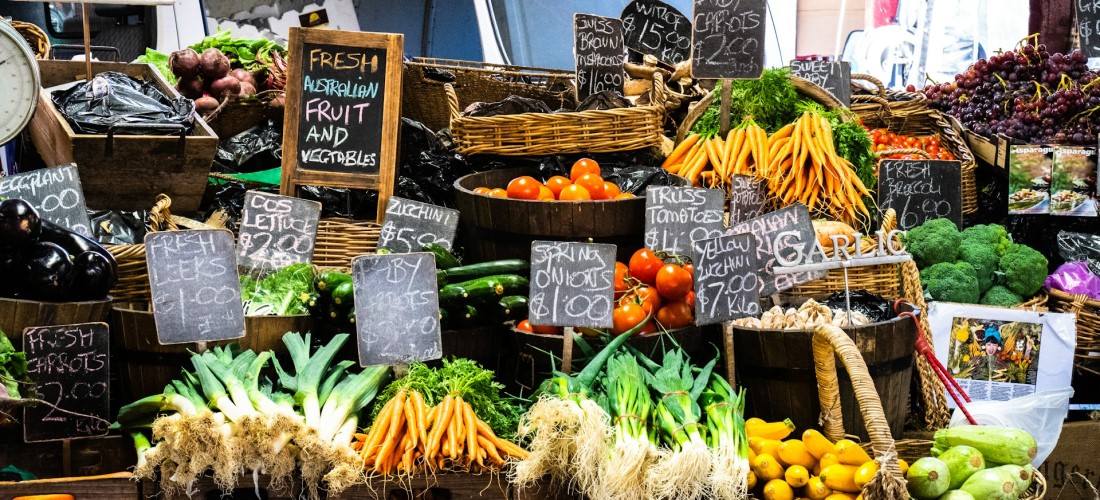
The consumer price index and relative pricing position in 2024
Key points
- The Q4 consumer price index (CPI) numbers were lower than expected.
- The immediate financial market response was to bring forward the timing of the first rate cut.
- It could take one or two years before wage growth outstrips inflation, returning households to 2020 living standards.
- I still think a rate reduction is more likely towards the end of 2024 to early 2025.
- We are seeing relative price shifts that are returning to more ‘normal’ historical trends.
CPI numbers for Q4 were lower than the RBAs predictions
The headline CPI rise in Q4 of 0.6 per cent was the lowest since March 2021, with the annual inflation rate at 4.1 per cent – the lowest since December 2021. The ‘underlying’ quarterly numbers were higher (the so-called Trimmed Mean measure was 0.8 per cent in Q4).
All these numbers were lower than what the RBA had anticipated. Combined with a backdrop of speculation about rate cuts in major overseas economies starting early Q2, financial markets shifted to expect the first quarter percentage point rate cut to be in August, with a second essentially priced before year-end.
There is price stickiness evident in some areas of the economy. Rent assistance and electricity bill subsidies were two factors keeping a lid on recorded inflation. This would suggest underlying pricing pressures are higher than what the headline inflation figures proposed.
The major reason for domestic economic weakness last year was that disposable incomes were not able to keep pace with inflation. With inflation declining quicker than expected and the benefit of tax cuts going to more households, that negative factor will fade this year.

Goods inflation has fallen the most. But service price growth is also slowing noticeably.
Inflation is shifting between goods and services
There are three significant changes taking place in relative prices across the economy. The first is within consumer inflation: the price of services relative to goods. That relationship changed through COVID. When we look back on COVID restrictions, we remember that households initially couldn’t spend on many services.
There was a big increase in demand for goods, for example, the tech bracket was further boosted by the working from home (WFH) trend, for goods like computer screens. Supply-chain problems reduced supply, and high demand at a time of reduced supply led to a surge in goods prices.
Leaving aside the current problems in the Red Sea, global supply chain problems have largely been fixed. The demand for goods has since slowed as spending has switched to services. The result has seen goods inflation slowing down, while the inflation on services has been higher.
Global central banks have been pointing to higher service sector price growth as a factor that could make inflation ‘sticky’, and therefore harder to get CPI back to target. I think what’s more likely happening is service sector firms are dealing with the lagged impact of the higher cost of goods (e.g., higher insurance premiums due to higher building costs) and higher wage growth.
If goods prices stayed too high there would be concern, and this resulted in ongoing higher rises in service sector prices. This is what happened during the high inflation period from 1960-90. But as data in the US indicates, the inflation of both durable and non-durable goods has returned to the low levels seen in pre-COVID times. Something similar is happening in Australia.

Going out for meals has been put on the backburner, with a sharp decline from the middle of 2023.

Worker shortages in the hospitality sector are becoming less of a problem as they have been recently.
Wage growth and inflation could see relief for Aussie households
The second big relative price change is between inflation and the price of labour (wages). Real wage growth (after inflation) has been very weak over the past couple of years (primarily reflecting the high inflation). If the consensus forecasts go to plan, that will change in 2024.
But for households, there is a lot of ground to be made up. By my calculations, wages (including bonuses) have grown by 5 per cent less than inflation since mid-2020. So, things will start to get better for households this year. But it could take one or two years before wage growth outstrips inflation for long enough that households can feel their living standards have recovered back to the level they were in 2020.
‘Sticky’ wage growth could be a problem if inflation remains too high. But inflation is declining. And with the unemployment rate starting to increase, and inflation rate on the way down, some slowing in wage growth can be expected in time.
Real wage growth overstates the bleakness for households (in aggregate). Disposable income growth increased a lot more than inflation in the early part of the pandemic, when both inflation and interest rates were low and there were generous government support payments. Given the lack of spending options available around this time, the result was a big rise in household saving.
More recently, inflation, the tax-take, and interest rates have all risen faster than disposable income growth. This has meant aggregate disposable incomes have grown faster than inflation since the start of the pandemic – but only just.
What the stage 3 tax cuts and interest rates mean for Australians
The stage three tax cut reforms will see a higher return for low and middle-income earners. It has been argued that this change will result in higher spending. In turn, this could make it harder to reduce inflation and have implications for interest rates.
Some of that extra cash flow might be used to repay debt. For other households the extra income will mean that they are more able to meet their existing financial commitments, reducing the potential for a rise in bad debts. The increase in cash flow from the tax cuts may also reduce the incentive for employees to ask for a bigger pay rise.
More generally, it is not entirely clear whether a modest boost in spending will necessarily lead to higher inflation. For example, consumer spending has been stronger than expected in the US over the past year, a big reason why the US economy has performed better than expected. At the same time, surprisingly, inflation has generally been on the low side.
Inflation is declining
Inflation is on the decline. A lower inflation rate will in time result in a lower cash rate. I think the earliest the RBA will have the evidence to reduce rates would be in August. More likely, it will take more time for the RBA to feel comfortable that inflation will be sustainably at its target. And this is why I think a rate reduction won’t occur until late this year – toward November, or early 2025.
We really do live in interesting times.
Regards,
Peter Munckton
BOQ Chief Economist.


